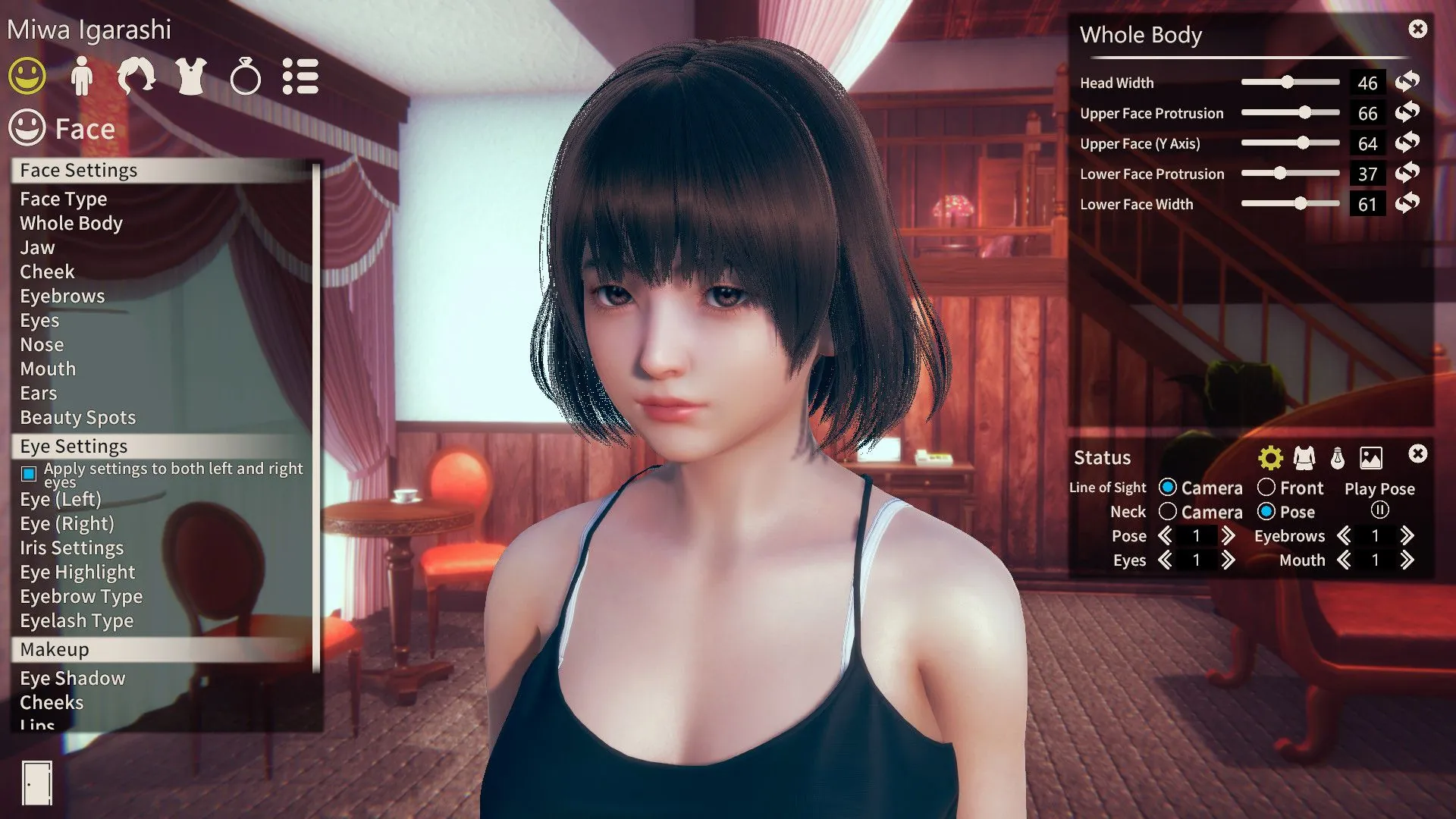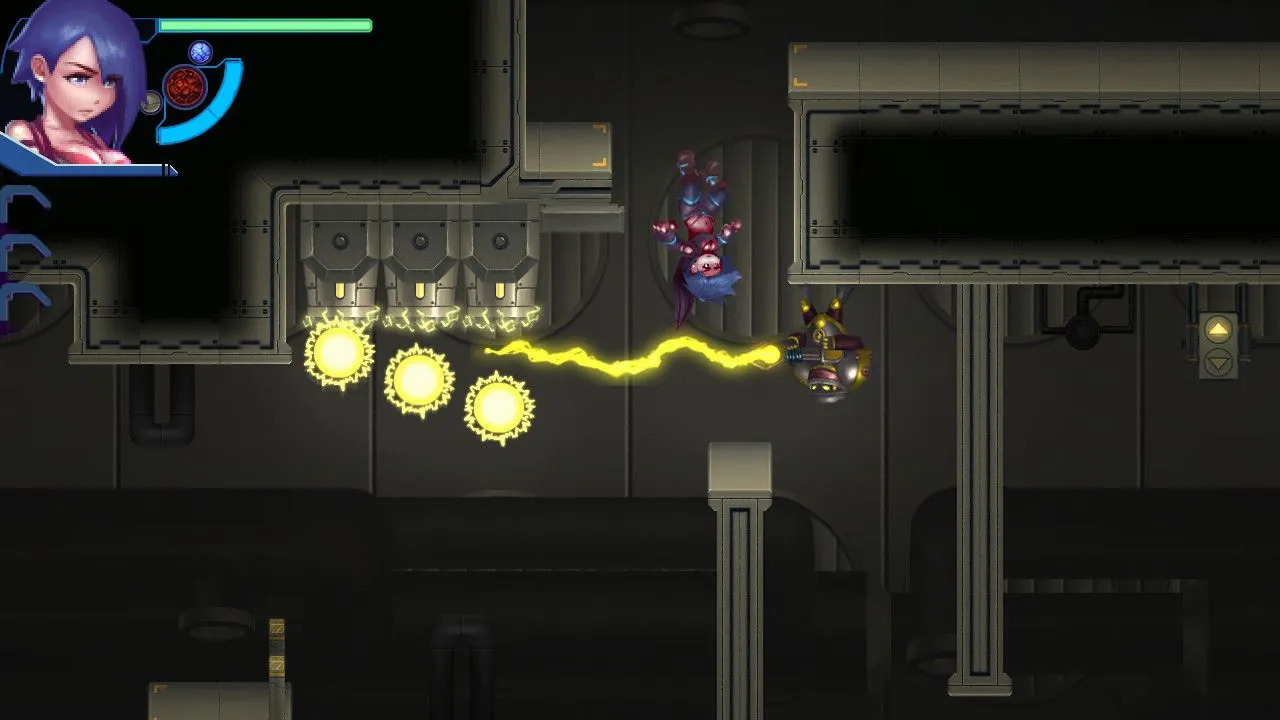
False Hero
Play False Hero
False Hero review
Explore the intriguing mechanics and story paths of False Hero
False Hero is a captivating game that blends narrative choices with character-driven gameplay, offering players the freedom to shape their journey through multiple paths. This article explores the core aspects of False Hero, highlighting its gameplay mechanics, story depth, and character interactions. Whether you’re new to the game or looking to deepen your understanding, this guide provides insights and practical advice to enhance your experience.
Understanding False Hero: Gameplay and Story Mechanics
Ever found yourself playing a role-playing game, making what you think is a noble choice, only to realize hours later that you’ve accidentally doomed a peaceful village? 😅 I certainly have. That’s the exact feeling False Hero gameplay is built upon, but it leans into the chaos with a wicked grin. This isn’t your typical “chosen one” narrative; it’s a masterclass in subverting expectations, where your decisions don’t just change the story—they change you.
This narrative-driven game False Hero places you in a crumbling fantasy world, not as a pure-hearted savior, but as a figure whose legacy is entirely up for grabs. The core of the experience is a delicate, and often terrifying, dance between the False Hero game mechanics and the False Hero story paths they unlock. It’s a game that remembers every whispered secret, every broken promise, and every act of “kindness” that served only your own ambition. Let’s pull back the curtain on what makes this game so uniquely compelling. 🎭
What Makes False Hero Unique?
So, what separates this title from the hundreds of other RPGs out there? 🤔 It’s the game’s brutal commitment to consequence. While many games pay lip service to the idea of “your choices matter,” False Hero gameplay makes it the central, unavoidable pillar of the entire experience. You aren’t just selecting dialogue options; you are actively molding the protagonist’s personality, reputation, and very soul through a myriad of False Hero player choices.
I remember one early playthrough where I decided to spare a bandit out of a misguided sense of mercy. Seemed like the “good” thing to do, right? Well, that bandit later ambushed a crucial caravan carrying medical supplies, turning a nearby town hostile toward me. The game didn’t pop up a message saying “You did a bad thing.” It just showed me the consequences through the despair of the townspeople and the new, harder challenges I now faced. This cause-and-effect loop is the heartbeat of the False Hero game mechanics. There are no purely good or evil options, only complicated decisions with far-reaching, often unintended, outcomes. The game’s world is a web, and every choice plucks a string that vibrates through every False Hero character interaction. ✨
Character Paths and Player Choices
The narrative branches in this game are less like a forked path and more like a sprawling, overgrown tree. The False Hero story paths are deeply intertwined with how you relate to the people around you. Every conversation is a potential turning point. Will you be a compassionate leader, a ruthless pragmatist, or a manipulative schemer? Your approach directly dictates which quests become available, which allies swear loyalty to you, and which ones will eventually draw their swords against you.
The False Hero character interactions are where the game truly shines. Characters remember your actions and your attitude. If you consistently belittle your companions, they might still follow you out of fear or necessity, but they won’t trust you with their secrets or support you in a moment of crisis. I once played a run where I focused solely on building a strong personal bond with my party, ignoring some larger strategic objectives. To my surprise, during a late-game boss fight, their unwavering loyalty triggered unique combo moves and sacrifice scenes that I never knew existed, completely changing the battle’s dynamic. ❤️🔥
To give you a clearer idea of how this works, here’s a table showing how different early-game decisions can ripple outward:
| Your Choice | Immediate Consequence | Long-Term Impact on Story Path |
|---|---|---|
| Accept a noble’s bribe to look the other way. | Gain a large sum of gold and new equipment. | The noble becomes a powerful, albeit corrupt, ally. The common folk you betrayed may refuse to help you later. |
| Refuse the bribe and expose the noble’s corruption. | Gain the trust and admiration of the local populace. | Lose access to the noble’s resources. Unlock unique quests from grateful citizens and gain a “Just” reputation. |
| Blackmail the noble for an even larger sum. | Gain immense wealth but lose some party respect. | The noble secretly plots your downfall. Your party members may question your morals, affecting their performance. |
As you can see, the False Hero player choices aren’t about picking a pre-set “light side” or “dark side” meter. They are about defining your character’s methodology and watching the world react in kind, shaping your unique False Hero story paths.
Corruption System and Its Impact
Now, let’s talk about the engine that drives this moral complexity: the False Hero corruption system. 🖤 This isn’t a simple “evil points” counter. It’s a subtle, creeping gauge that measures the erosion of your character’s original ideals. It increases not just through obviously wicked acts, but through moments of pragmatism, selfishness, and expediency. You might not even notice it changing you at first.
The brilliance of the False Hero corruption system is its passive effect on the False Hero gameplay. As your corruption rises:
* Dialogue options shift: You’ll find new, more cynical or ruthless responses becoming available, while naive or purely altruistic options fade away. The game isn’t judging you; it’s reflecting your character’s changing worldview.
* Visual and audio cues change: The world begins to look darker, with more muted colors and a more sinister soundtrack. Your character’s appearance might subtly alter, with darker eyes or a more pronounced scowl.
* Gameplay abilities evolve: Certain holy or pure magic spells may become unavailable, replaced by more powerful but destructive shadow magic or debilitating curses. In one of my playthroughs, I became so corrupt that my “Healing Touch” ability morphed into “Vampiric Touch,” which healed me by damaging my allies. It was brutally effective, but it perfectly encapsulated how far my hero had fallen.
The corruption system is the game’s way of asking, “What price are you willing to pay for power, and when do you stop being the hero, even a false one?”
This system ensures that the False Hero game mechanics are inseparable from the narrative. You can’t power-game your way to a perfect ending by making optimal but morally questionable choices without the game taking note and steering your False Hero story paths toward a fitting, often tragic, conclusion. It creates a deeply personal journey where the biggest battle isn’t against the final boss, but against the person you are becoming. 😈
Ultimately, the False Hero gameplay loop of choice, consequence, and corruption creates one of the most reactive and memorable experiences in the genre. Your journey through its troubled world is yours alone, a testament to the power of False Hero player choices and the haunting depth of its False Hero corruption system. It’s a game that begs to be played again, not to see a different ending screen, but to meet the different person you could have become.
False Hero offers a rich, choice-driven experience where every decision shapes your journey and relationships. Its unique corruption system adds depth and replayability, making it a standout title for players who enjoy narrative complexity and character interaction. Dive into False Hero with an open mind, experiment with different paths, and discover the many ways your story can unfold. Ready to start your adventure? Explore False Hero today and see where your choices lead you.






























